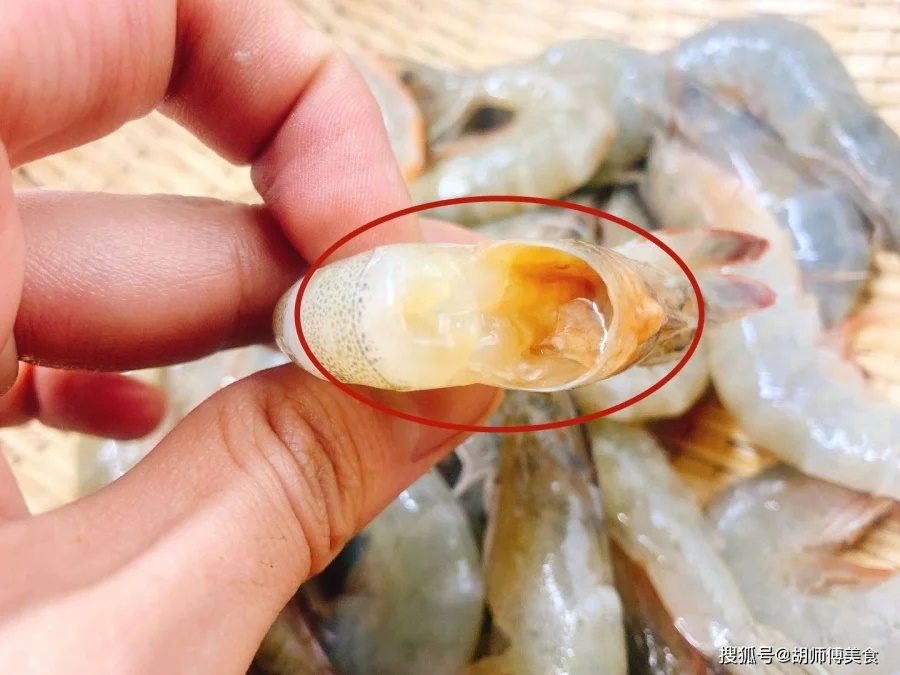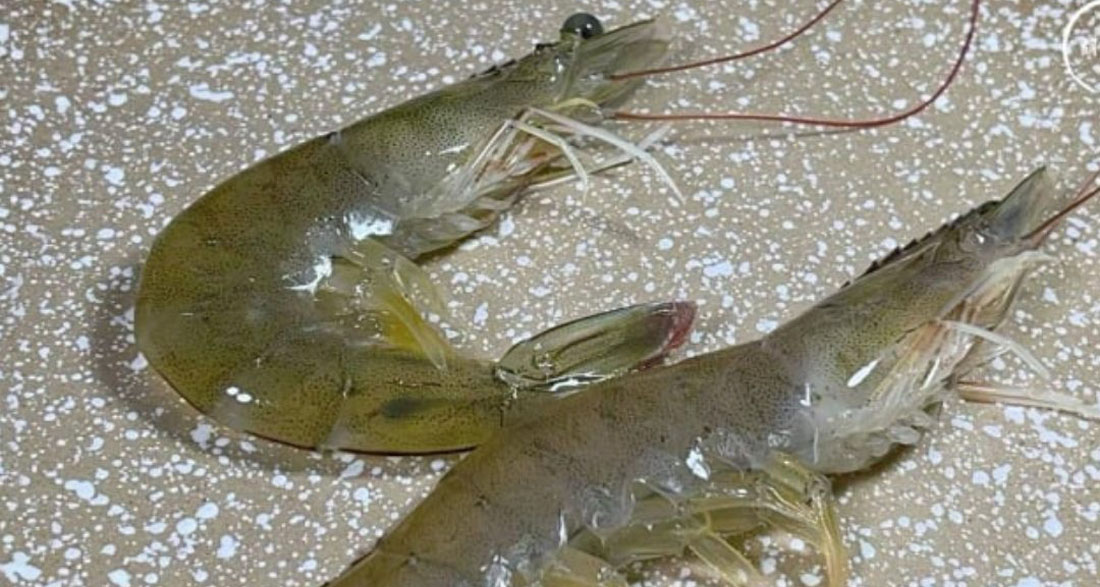The Art of Choosing Shrimp: A Guide to Freshness
When you head to the market, a crucial decision awaits: should you opt for “straight shrimp” or “curved shrimp”? While it may seem like a minor detail, this choice is significant, and many people are unaware of the differences that lie within. A common pitfall is the temptation to buy frozen shrimp.
However, this option often comes with drawbacks, including subpar meat quality and an overpowering fishy odor. Unfortunately, no matter the cooking method you choose, the flavor of frozen shrimp tends to be relatively bland and unappealing.
As you embark on your shrimp-buying journey at either a supermarket or a local market, remember to prioritize selecting curved shrimp. Why is this important? The answer lies in the physical attributes of shrimp post-mortem. Once shrimp die, their bodies become loose and fail to retain their original shape; they appear straight even if you twist them.
In contrast, fresh shrimp maintain a natural curve when they are stimulated by cooler temperatures. This characteristic is a good indicator of their freshness, as chilled or freshly caught shrimp will hold onto their curved form.
Beyond examining the curvature of shrimp, there are two additional key points to consider to steer clear of purchasing shrimp that have lingered in storage for too long.
Type 1: Shrimp with Missing Heads and Tails
One of the most telling signs of aging shrimp is missing heads and tails. If you find shrimp with these parts removed, it’s a clear indication that they have not been cared for properly and have likely been kept for an extended period.

Watch out for shrimp with soft or rotten heads; consuming these can lead to a distinctly fishy taste, ruining any dish they are part of.
Type 2: Pink Shrimp Shells
Another warning sign is the color of the shrimp shells. In some instances, shrimp shells may develop a pink hue due to exposure to high temperatures during transportation.

This change often points to the aging process, indicating that these shrimp will not retain their intended flavor. When choosing shrimp, always select those with clean shells, devoid of any discolorations.
Purchasing shrimp may seem like a simple task, but it is an art that requires attention to detail. By being mindful of the type of shrimp you select and the signs of freshness, you can ensure that the seafood you prepare is both delicious and safe to enjoy. As the saying goes, “Good food is the foundation of genuine happiness.”
What do you think of these guidelines for selecting shrimp? Share your thoughts in the comments below!














